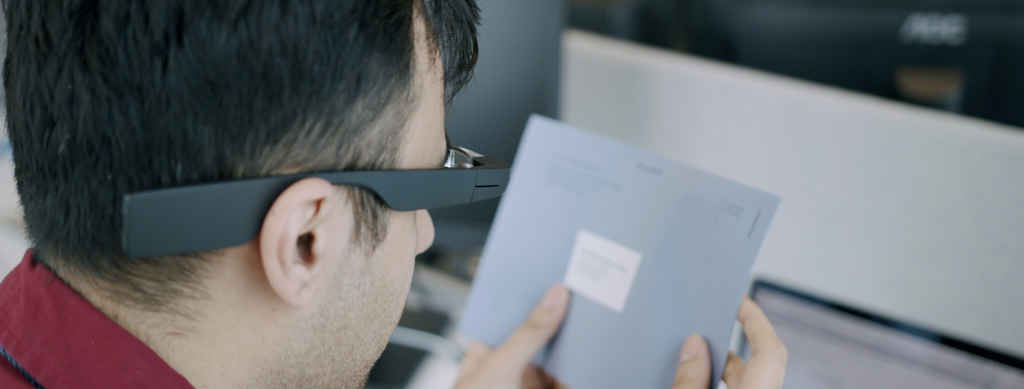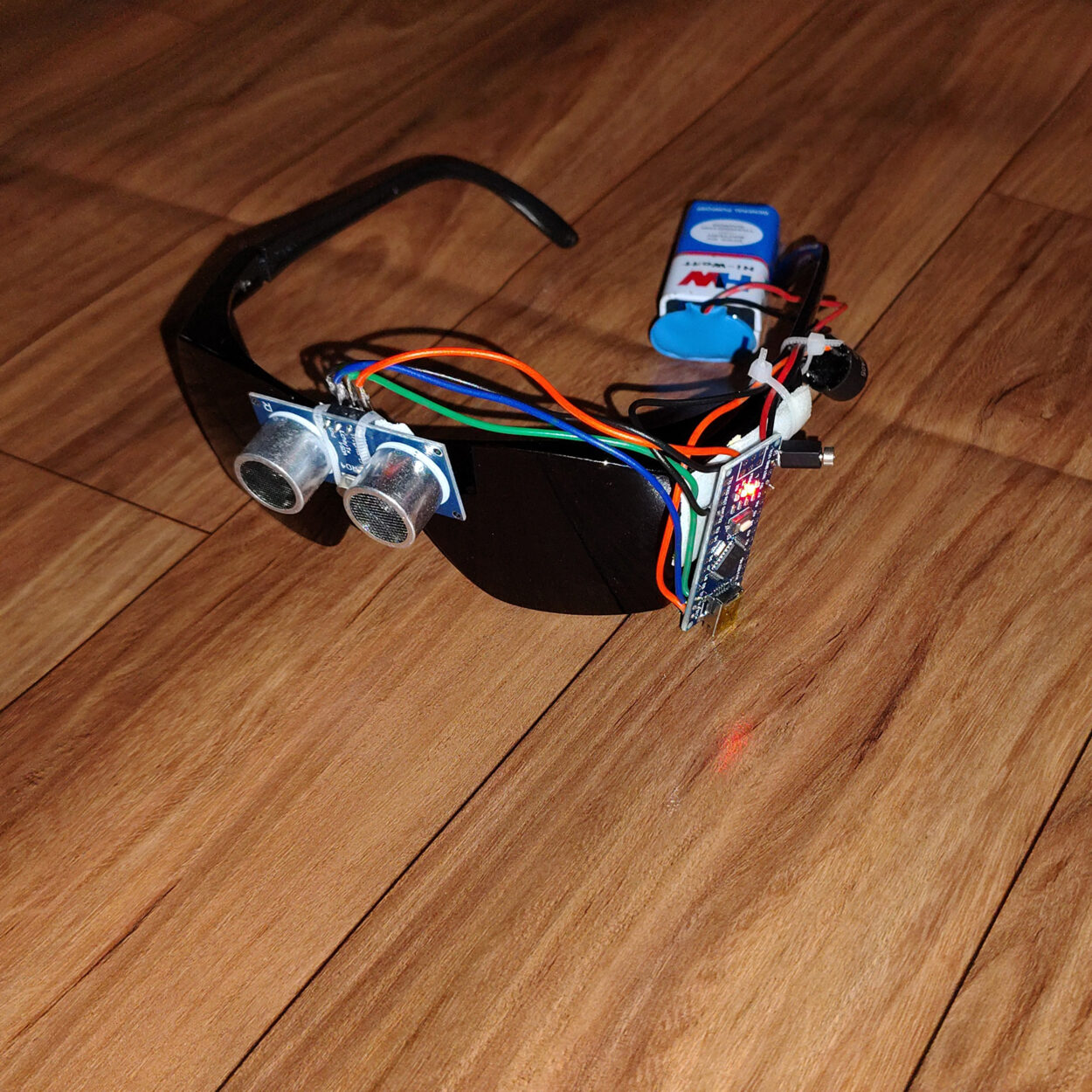Voice-Activated Assistive Devices: Empowering the Visually Impaired Through Innovation
Voice-Activated Assistive Devices: Empowering the Visually Impaired Through Innovation
Blog Article
Enhancing Ease Of Access With Assistive Innovation for the Blind
The combination of assistive innovation for the blind represents an essential innovation in access, essentially altering exactly how people browse their environments and engage with society. As we discover the diverse types of assistive tools and their substantial influences on day-to-day living, it comes to be necessary to take a look at exactly how continuous technological innovations are reshaping the landscape of assistance for the blind neighborhood.
Summary of Assistive Modern Technology
Assistive modern technology refers to a series of tools and software application made to enhance the abilities of people with handicaps, including those who are blind or aesthetically impaired. This modern technology plays an important duty in advertising freedom and enhancing the top quality of life for users. By giving different methods for accessing details and performing day-to-day tasks, assistive technology empowers individuals to navigate their atmospheres more successfully.
The development and application of assistive innovation welcome a variety of principles targeted at fostering access. These principles consist of user-centered layout, which focuses on the demands and preferences of the individual, and the integration of modern technology right into daily activities. Such advancements ensure that assistive tools are not only useful yet likewise user-friendly and easy to make use of.
Additionally, assistive modern technology includes a diverse spectrum of solutions, from low-tech choices like magnifiers to state-of-the-art innovations such as screen viewers and Braille display screens. The recurring development of this field is driven by the demand to address the one-of-a-kind difficulties faced by individuals with aesthetic problems (Wearable technology for low vision). As technology continues to advance, the capacity for boosting availability and promoting inclusivity stays appealing, ultimately contributing to a much more fair society

Sorts Of Assistive Devices
Various sorts of assistive tools are available to sustain individuals who are aesthetically damaged or blind, each developed to resolve particular demands and challenges. These devices can be extensively categorized into three major types: low-tech, mid-tech, and high-tech options.
Low-tech tools include products such as magnifiers, Braille tags, and responsive maps. These are fairly straightforward tools that boost the customer's capacity to interact with their setting without needing complicated innovation.
Mid-tech tools typically include more innovative functions, such as digital magnifiers and mobile Braille note-takers. These tools can supply functionalities like speech output, permitting users to access details extra successfully.

Influence On Daily Living
The schedule of various assistive devices substantially boosts the high quality of life for individuals that are blind or aesthetically impaired, influencing their day-to-day living in profound means. By integrating technologies such as screen readers, Braille presents, and audio description services right into their regimens, individuals gain greater freedom and independence. These tools facilitate access to details, enabling people to carry out everyday jobs, such as checking out e-mails, navigating public spaces, and enjoying media content.
In addition, assistive devices encourage individuals to engage more fully in social communications and neighborhood activities. The ability to utilize smart devices geared up with access functions permits smooth interaction and link with others. This connection fosters a sense of belonging and lowers feelings of isolation.
In professional settings, assistive innovation supports performance by enabling individuals to total job tasks effectively. Devices like voice acknowledgment software application and specialized magnification devices make it possible for customers to take part in the workforce on equal ground with their sighted peers.

Developments in Modern Technology
Current technical improvements have considerably you could try these out changed the landscape of tools offered for individuals that are blind or visually damaged. The integration of expert system (AI) and artificial intelligence has actually generated applications that enhance navigation and object acknowledgment. Smartphone applications can currently utilize AI to identify and describe surroundings in real-time, giving customers with beneficial contextual details.
Additionally, innovations in haptic technology have resulted in the development of smart walking canes outfitted with sensing units that spot obstacles and give responsive feedback. This encourages users to browse their atmosphere with raised confidence and freedom. In addition, technologies in text-to-speech software application and braille displays have actually enhanced the ease of access of digital content, enabling smooth communication with numerous media.
Wearable modern technologies, such as clever glasses, are additionally making strides in aiding visual problems. These tools can supply augmented truth experiences, overlaying important information onto the individual's field of view. Collectively, these improvements not just improve the top quality of life for people who are blind yet additionally promote better addition in society. As modern technology remains to develop, the potential for a lot more transformative tools continues to be on the perspective.
Future Trends and Innovations
As innovation quickly proceeds, the future of assistive devices for people that are blind holds enormous pledge. Innovations in synthetic knowledge (AI) and artificial intelligence are positioned to reinvent the means blind users interact with their settings. AI-driven applications are being developed to boost item acknowledgment, allowing users to recognize and navigate their surroundings with higher convenience and precision.
Furthermore, advancements in haptic feedback technology are making it possible for the production of tactile maps and navigating aids that offer real-time information through touch. These developments not just enhance mobility yet also foster freedom. Additionally, wearable devices furnished with augmented truth (AR) functions are emerging, providing users aesthetic info via audio summaries, thus linking the space in between the electronic and physical worlds.
Furthermore, the assimilation of wise home innovation provides new glasses store opportunities for access, enabling individuals to regulate their living atmospheres via voice commands or smart device applications. As cooperation in between tech designers and the blind area proceeds, the emphasis on user-centered layout will certainly guarantee that future advancements are tailored to satisfy the distinct requirements of this populace (Wearable technology for low vision). The trajectory of assistive innovation assures a much more comprehensive and empowering future for people who are blind
Conclusion
In verdict, assistive modern technology plays a crucial function in improving availability for individuals with aesthetic problems. Continuous improvements in innovation and user-centered style make sure that these click here for more info tools provide successfully to the distinct requirements of the blind neighborhood.
The assimilation of assistive technology for the blind stands for an essential advancement in access, fundamentally modifying how individuals browse their settings and engage with society.Assistive modern technology refers to a variety of devices and software created to improve the abilities of individuals with handicaps, consisting of those that are blind or visually damaged. Wearable technology for low vision.As innovation rapidly proceeds, the future of assistive tools for individuals that are blind holds tremendous assurance. The trajectory of assistive technology guarantees a much more inclusive and empowering future for individuals that are blind
In conclusion, assistive technology plays a crucial function in enhancing access for people with aesthetic problems.
Report this page